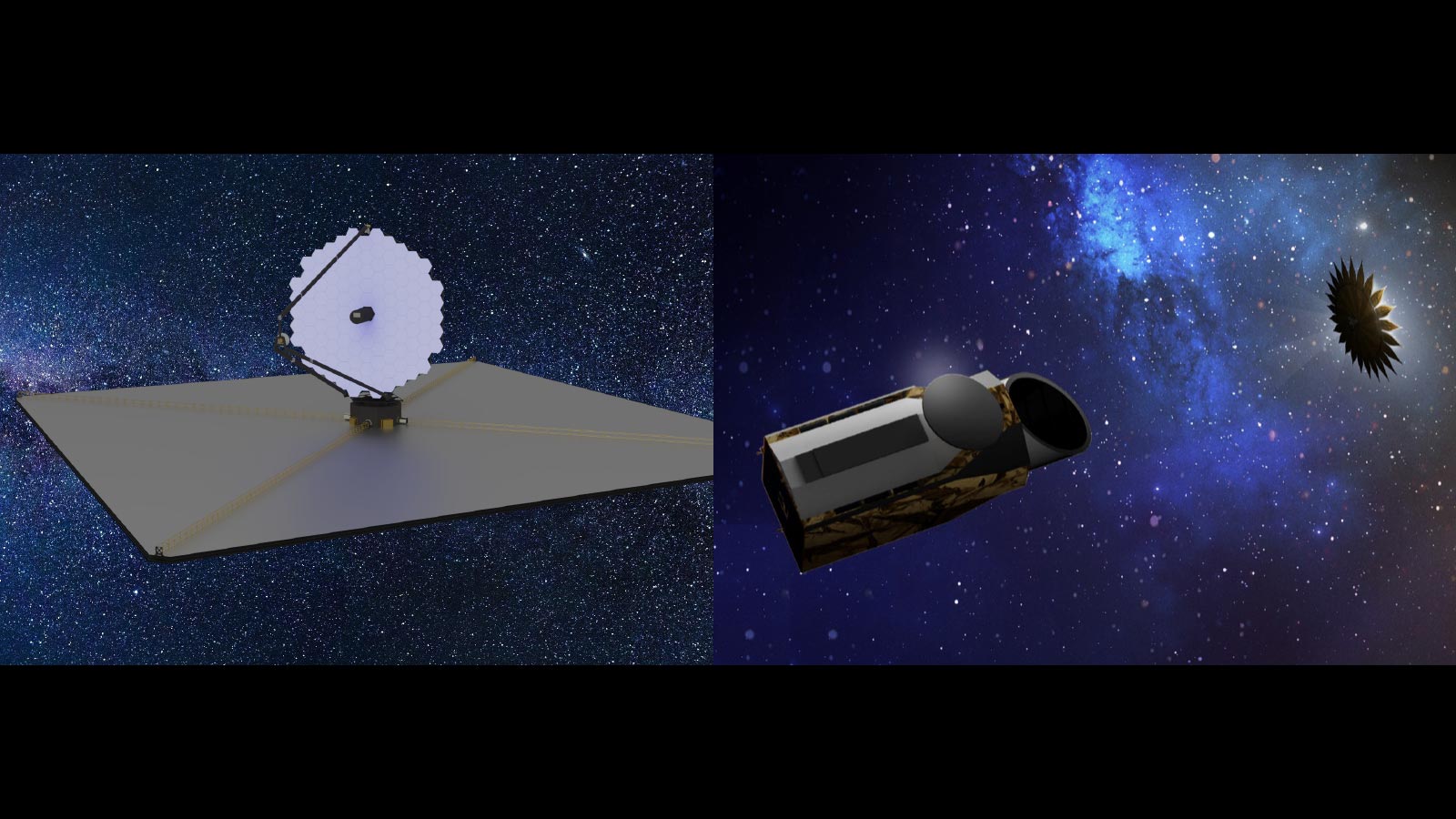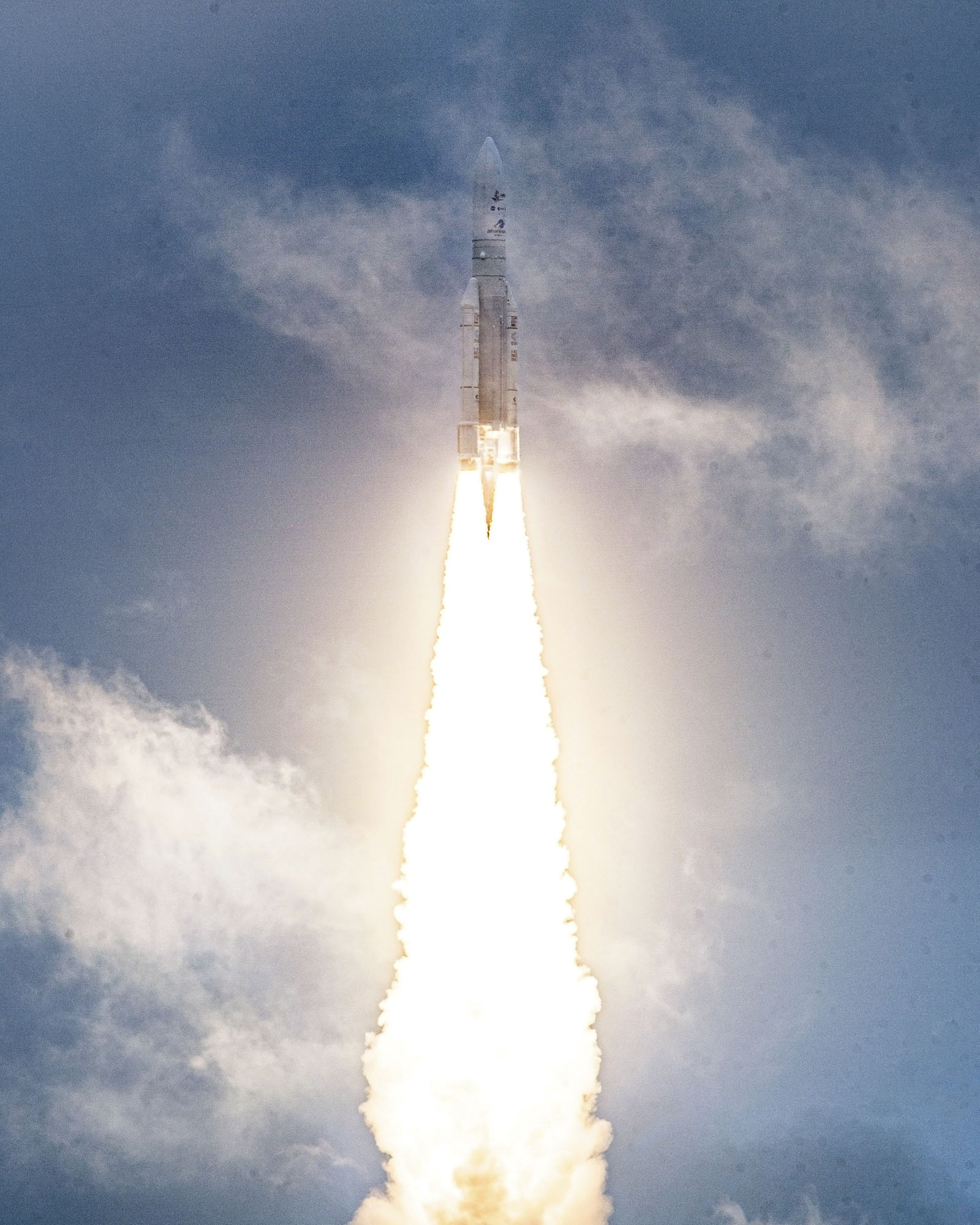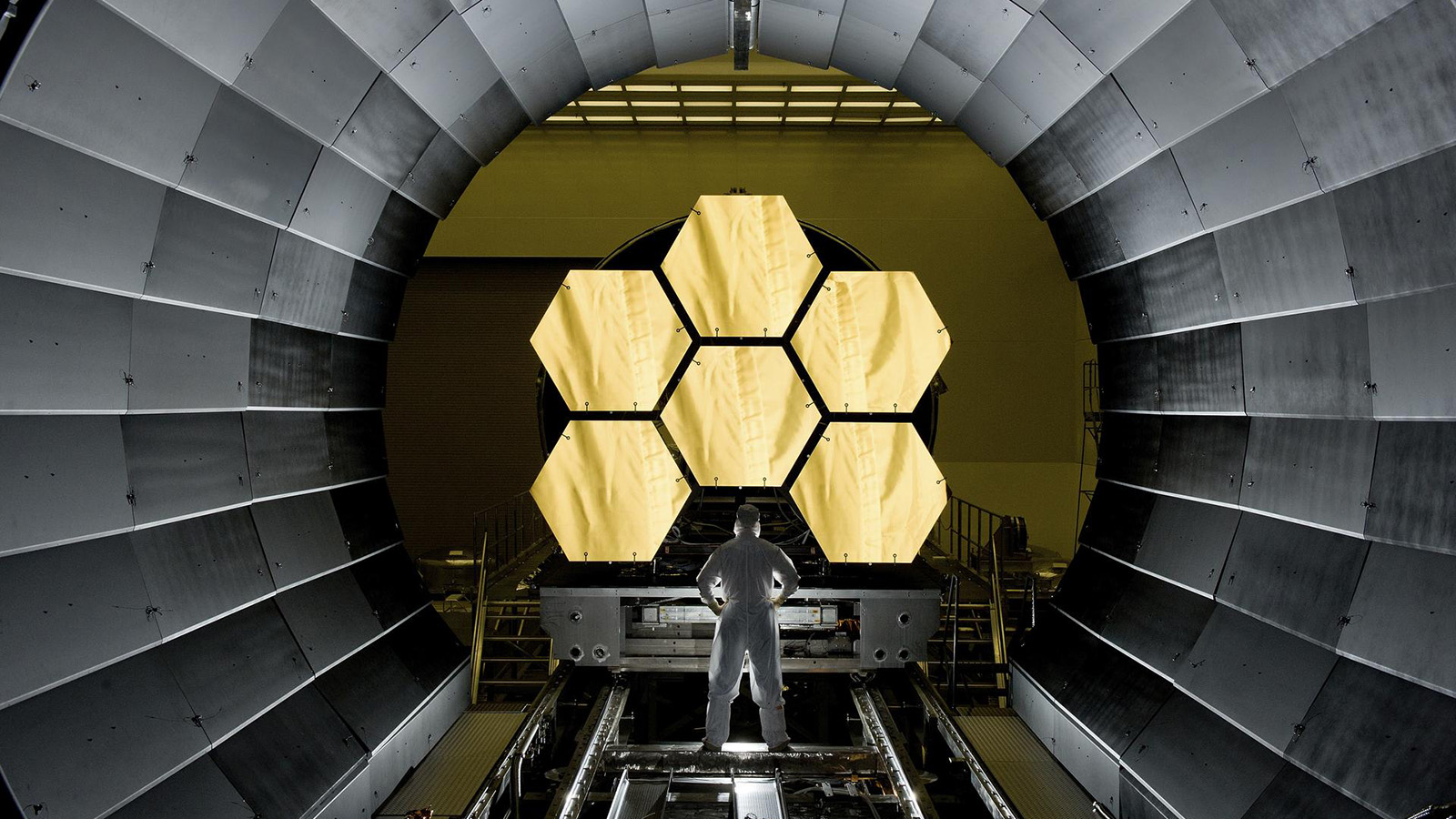Stay Up to Date
Submit your email address to receive the latest industry and Aerospace America news.
NASA and its partners should draw on the success of the James Webb Space Telescope, recent bold thinking in astrophysics observatory architectures, and utilization of the latest commercial space practices to reduce cost and schedule while increasing scientific return of the next U.S. Great Observatory. Former NASA Administrator Daniel S. Goldin makes the case.
Daniel S. Goldin was NASA administrator from 1992 to 2001. A member of the National Academies since 1998, he is founder of Cold Canyon LLC, a tech advisory firm.
Very early in my tenure as NASA administrator, I faced a myriad of challenges, including severe budget constraints, technical hurdles and schedule performance issues, leading to a dip in confidence among our team and our supporters in Congress. This period was challenging, especially when Congress questioned NASA’s capability to fulfill its commitments to human exploration and scientific research. During this time, I was inspired by a drawing and note from an 11-year-old student named Amanda. Her simple yet profound message, “You will never know unless you go,” above a drawing of a rocket ship heading toward a planetary body resonated deeply with me and reinforced my commitment to deliver on NASA’s mission commitments.
This message gained more significance when I read the latest National Academies Decadal Survey on Astronomy and Astrophysics when it was released. The report, “Pathways for Discovery in Astronomy and Astrophysics for the 2020s,” is a guide for NASA’s future Great Observatories and scientific endeavors. Interestingly, I reread the report about a year after its release — just about the same time as the James Webb Space Telescope’s first images were released, marking a milestone in understanding the universe’s origins and a strong call to action for me.
The National Academies report recommends developing a prescriptive 6-meter infrared/optical/ultraviolet space telescope with high-contrast imaging and spectroscopy, foreseeing it as a platform that will search for biosignatures from exoplanets in habitable zones. Unfortunately, the report proposes a prolonged development period of about a quarter of a century, potentially creating a significant gap in space astrophysical operations, given the uncertainty over whether Webb will still be operational so many years from now. Such a gap could mean American astrophysics will fall woefully behind.
The members of the survey panel established by the Space Studies Board should rethink their recommended approach to developing the next generation of Great Observatories in astrophysics and astronomy. By adopting innovative developmental and scientific approaches, it will be possible to reduce development time and cost, enhance scientific yield and enable scientists to participate in a variety of scientific exploration projects over the course of their careers. Drawing from the more efficient techniques of commercial space and considering a range of competitive scientific concepts, NASA and its contractors could create a better, faster, cheaper Habitable Worlds Observatory, as NASA calls the survey’s next recommended Great Observatory, the 6-meter telescope.
I’ve had productive interactions with the National Academies, especially regarding space telescopes, including during my years as NASA administrator. Reflecting on the conception of Webb, I recall challenging conventional wisdom and embracing innovation. The initial design concepts for the Next Generation Space Telescope — NGST, later renamed the James Webb Space Telescope — were much too conservative. In early winter of 1995, about two years after engineers and astronauts enhanced Hubble’s vision, I discussed NGST with scientists from the National Academies. They proposed a conservative retrospective 4-meter solid glass mirror, but I envisioned a 6.5- to 8-meter deployable adaptive mirror, not limited by low-Earth orbit’s constraints. Although we disagreed, this discussion was a pivotal moment, leading to the eventual development of NGST as a world-class observatory. What I said at the time was, “Be big, bold and cold. And deployable.”
In January 1996, I presented my vision for NASA’s astrophysics and astronomy program at the American Astrophysical Society meeting in San Antonio, including the infrared Spitzer Space Telescope, the Chandra X-ray Observatory, SOFIA (the Stratospheric Observatory for Infrared Astronomy) and NGST. The audience’s standing ovation was my nutrition to strongly support this bold direction.
In today’s rapidly evolving world, it’s crucial to embrace innovation in space exploration and astrophysics. We must find ways to expedite progress while balancing ambition and pragmatism. The path forward for NASA and its partners is challenging yet exhilarating. Our commitment to pushing the boundaries of human potential will deepen our understanding of the universe and inspire humanity.
In addition to these reflections and strategies, other intriguing approaches in the search for habitable planets are being explored. Among the alternative ideas that should be considered is a space telescope concept described by astronomer Daniel Apai at the University of Arizona. His Nautilus Deep Space Observatory would use a novel thin diffractive lens, lighter and cheaper than traditional mirrors. Nobel laureate John Mather of NASA’s Goddard Space Flight Center in Maryland leads development of another interesting concept, the Hybrid Observatory for Earth-like Exoplanets, or HOEE. Three large ground-based telescopes would utilize a space-based starshade to block the glare of host stars to capture images of faint extraterrestrial Earth-like planets. Both of these are exciting possibilities beyond the current conventional thinking.

Furthermore, it’s crucial to consider why the National Academies haven’t yet adopted lessons learned from the rapidly evolving commercial space industry. New space companies have demonstrated the effectiveness of rapidly designing and testing inexpensive prototypes in ground and space tests to find weaknesses early on. With new, lower-cost rockets featuring larger payload fairings, we have the opportunity to design systems without tight weight, dimensional and power constraints that previously limited experimentation. For instance, Pete Worden, a former director of NASA’s Ames Research Center in California, is a member of a team developing a 6-meter telescope incorporating heavier but relatively low-cost mirror technology for only hundreds of millions of dollars.
Ironically, on April 26, 2023, as I once again reviewed the decadal survey, Andrew Jones of Space News reported on the Chinese Miyin project. His article noted that China “envisions sending four light-collecting telescopes and a beam combiner to Sun-Earth Lagrange point 2. Flying in formation, the spacecraft will use interferometric techniques to provide high angular resolution mid-infrared observations to directly image and characterize exoplanets around stars up to 65 light-years away.” Current plans include on-orbit technology demonstrations in 2024 and interferometry experiments on the Tiangong space station in 2025. A prototype array is planned for launch around 2027, with a five-spacecraft system at L2 by 2030.

Miyin’s proposed spatial resolution of 0.01 arcseconds, if achieved by the mid-2030s, would rival or surpass the capabilities of the $11 billion Habitable Worlds Observatory, the article noted. Miyin also would be operational a decade earlier.
In light of these developments, I strongly urge the members of the National Academies to reconsider their Decadal Survey on Astrophysics and Astronomy. Exploring these amazing possibilities and making courageous decisions could enable NASA to deploy systems within the next decade that could find habitable planets in our neighborhood, igniting the flame of American scientific leadership and innovation.
Related Posts
Stay Up to Date
Submit your email address to receive the latest industry and Aerospace America news.




